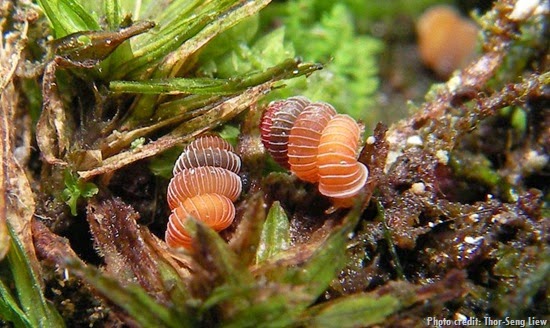
From stunning lightning to endangered Malaysian snail beauties, here are our favourite science images this week.
1. Stunning lightning from above
This stunning image of a lightning strike over Kuwait was captured last December by an astronaut aboard the International Space Station (ISS) and released today (March 24) by NASA's Earth Observatory. The ISS recently installed a new instrument to help study the physics and composition of such bolts in detail on a daily basis.
Lightning bolts flash across Earth's atmosphere as often as 50 times per second, which adds up to about 4.3 million times a day and 1.5 billion times a year, NASA officials wrote in an image description. Some of those strikes emit gamma radiation - a type of radiation more commonly associated with exploding stars and nuclear fusion - in bursts known as terrestrial gamma-ray flashes (TGFs). The scientists will use the new lightning imagery and data from the ISS to try to understand what triggers lightning during storms in general, and what causes these rarer bursts of TGFs. [Electric Earth: Stunning Images of Lightning]
2. Beauties on the brink
They look like ethereal little beings from another planet, but they're actually newly discovered species of snails. And unfortunately, some of them are already going extinct.
A team of biologists catalogued 31 species of the snail genus Plectostoma from Malaysia, Sumatra and Thailand, 10 of which were new to science. But the snails live on limestone hills mined by cement companies, which threaten to destroy the snails and their habitat along with them.
3. A scar on the face of the Earth
The scar of the deadly landslide that devastated a small community near Oso, Washington, over the weekend can be seen from space.
This satellite image was snapped by the Operational Land Imager (OLI) aboard Landsat 8 on Sunday (March 23), a day after the 1-square-mile (2.5 square kilometres) landslide left a trail of debris and destruction. For comparison, NASA's Earth Observatory also released an image showing the same area taken earlier this year, on January 18.
4. A giant discovered
A new filter-feeding giant that trolled the Cambrian seas has been unearthed in Greenland.
The species, dubbed Tamisiocaris borealis, used large, bristly appendages on its body to rake in tiny shrimplike creatures from the sea, and likely evolved from the top predators of the day to take advantage of a bloom in new foods in its ecosystem, said study co-author Jakob Vinther, a paleobiologist at the University of Bristol in England.
5. West Antarctica's glaciers speeding up
Six big glaciers in West Antarctica are flowing much faster than 40 years ago, a new study finds. The brisk clip may mean this part of Antarctica, which could raise global sea level by 4 feet (1.2 meters) if it completely melts, is nearing full-scale collapse.
"This region is out of balance," said Jeremie Mouginot, lead study author and a glaciologist at University of California, Irvine. "We're not seeing anything that could stop the retreat of the grounding line and the acceleration of these glaciers," he told Live Science. (A grounding line is the location where the glacier leaves bedrock and meets the ocean.)
6. Cute clouded leopards
The Denver Zoo welcomed two absurdly cute clouded leopards this month. The cubs, which are the first of their species to be born at the zoo, are still awaiting names.
Caretakers have apparently stepped in to help rear the cubs after their mom Lisu (LEE-soo) didn't tend to the babies after giving birth on March 14, perhaps because she was hand-raised herself and lacks the experience to raise babies, zoo officials said.
Top image: The snail species Plectostoma sinyumensis in Pahang, Malaysia. Photo by Thor-Seng Liew via Wired.
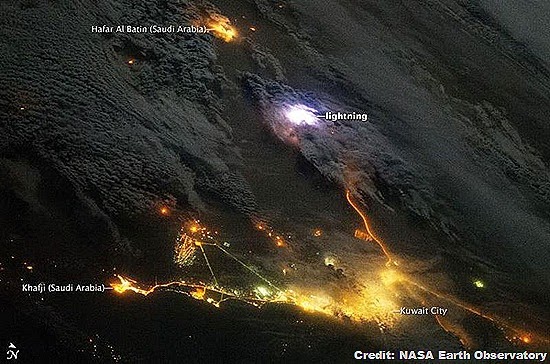
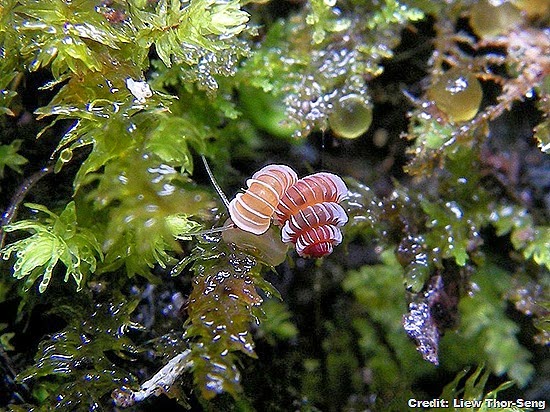
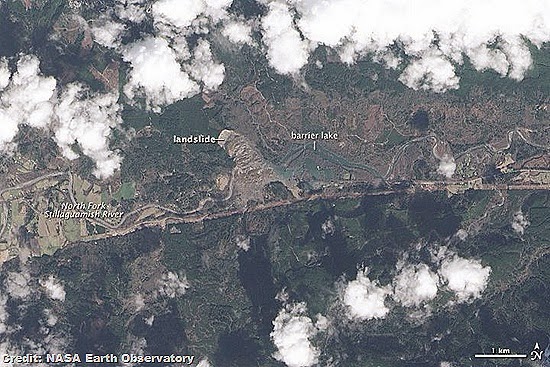
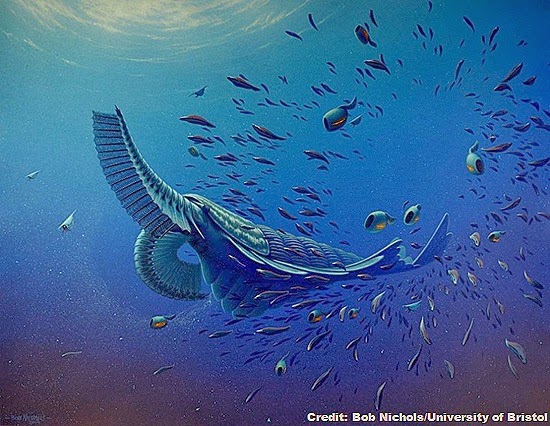


No comments:
Post a Comment
Please adhere to proper blog etiquette when posting your comments. This blog owner will exercise his absolution discretion in allowing or rejecting any comments that are deemed seditious, defamatory, libelous, racist, vulgar, insulting, and other remarks that exhibit similar characteristics. If you insist on using anonymous comments, please write your name or other IDs at the end of your message.